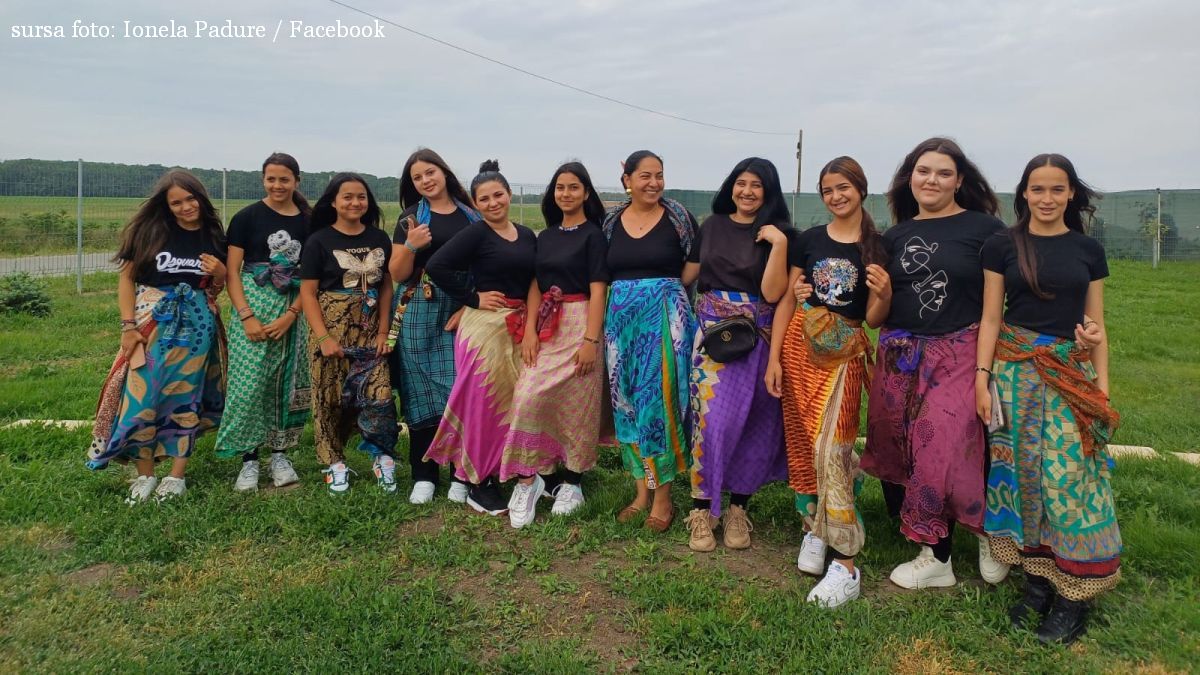Combating Bullying in Romania
Reports of bullying are on the rise in Romanian schools

Christine Leșcu, 13.11.2019, 14:38
Harassment and aggression among children — or bullying, a term that has entered the Romanian language too — has been for the last few years a topic of interest in the public sphere. The main venues are the press and civil society campaigns debating means of countering the phenomenon. One of the campaigns is called the Cartoon Network Friendship Club, and it runs in collaboration with the NGO called the Childrens Hotline Association, and is already in its fifth edition. The slogan that encourages children to combat harassment is Be friendly, not mean. Gymnast Catalina Ponor, multiple Olympic, European, and world champion, is the spokesperson for this campaign, which she finds very useful:
“It is a nice message, full of friendship, which teaches us to be better, to not be mean, to help one another, and is based on friendship. Fortunately, I was never a victim. I had coaches and colleagues that have been like family to me. But I was witness to bullying outside the training halls, in the school yard or on the street, and I didnt know how to handle it. But it is not OK to not know, it is good to have the courage to got and tell others what you saw. Also, you have to know how to support the person that is bullied, to help them.”
The Childrens Hotline Association has been offering for years help to children bullied by children, making available the hotline 116111. The number of calls has been on the rise lately, revealing numerous cases of harassment, changing statistics for the worse. However, even if complaints have multiplied, experts continue to say that the phenomenon is under-reported. Parents are also calling the hotline, reporting bullying for ages as young as kindergarten, which account for 8.76% of cases. For primary school, the percentage was 40.29%, 48% for years 5 to 8, and 2.95% for high school. Here is Catalina Surcel, coordinator of the Childrens Hotline Association:
“Many of the parents that contacted us in such situations had children in primary school. As for the gender of the victims, parents reported to the Childrens Hotline Association bullying of boys making up 70% of cases, for ages 3 to 10. Parents contact our association mainly to seek legal redress. Almost 65% of them called us for that purpose. However, lacking specific legislation, some parents asked for advice on tackling the situations individually. This was the purpose in 22.86% of cases, and in 14.85% of cases they requested the intervention of relevant institutions based on internal regulation of schools, where such a thing exists, also covering abuse of children in school. 55.24% of parents had already complained to school authorities or local education inspectorates, but were not satisfied with the response. Lacking a national legal framework, no measures could be taken to provide proper remedy.”
When talking about solutions, 44% of parents of victims of bullying want the school to take punitive measures against the aggressor, 27% want the bully to be expelled, and 29% would consider transferring their own child to another school. A proposed amendment to the Law of Education to cover measures combating bullying has passed Parliament already, and awaits presidential endorsement. Catalina Surcel told us that the recommendations made by the Childrens Hotline Association have been included in this proposal, which have been discussed with parents and kids:
“They include the requirement for schools to develop procedures of identifying bullying, placing school counselors in education units across the country, with a duty to address harassment, introducing the issue of bullying into the curriculum, as well as putting this issue into civic education textbooks. Audio and video monitoring in schools should be extended to kindergartens too. Also, teachers should be trained to handle such challenges too. The initiative that is about to be endorsed by the president includes these recommendations. We need parents to be involved as well, through an effective school-family collaboration.”
We should also take into account what children want. They want to be listened to and understood, first and foremost. What they dont want is for their problems to be solved by others, Catalina Surcel told us:
“Children dont want parents to give in to their first impulse, that of meting out justice on account of their children, by going to school themselves to solve the problem on their own. Children want to decide together with their parents what the next steps are and what is to be done.”
These are even more reasons for bullying to be addressed through institutional regulations, and not be left to individuals to handle.






























